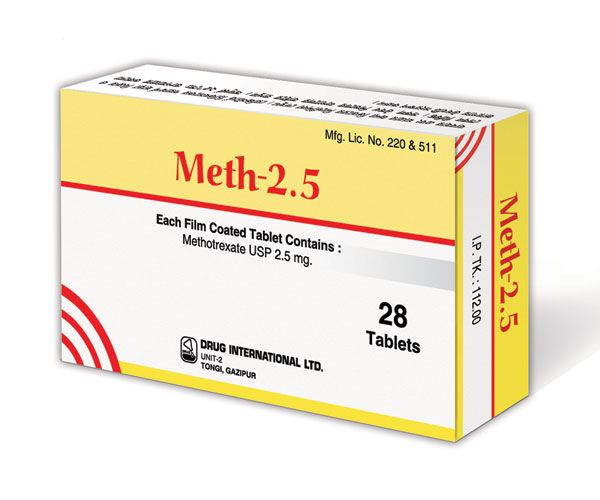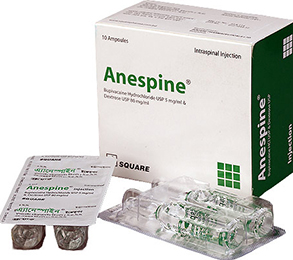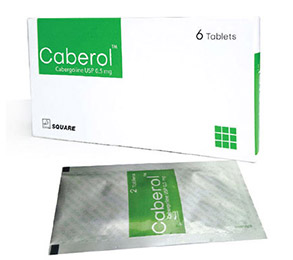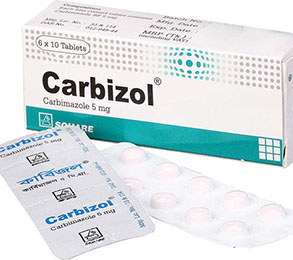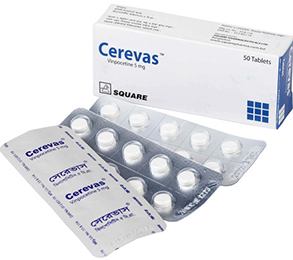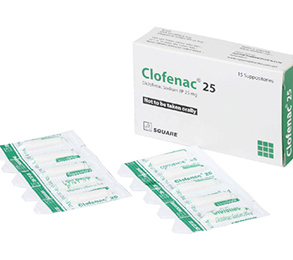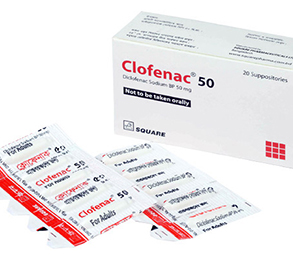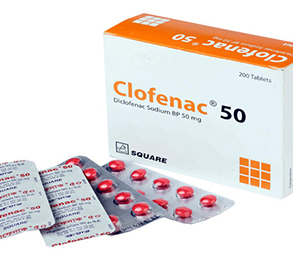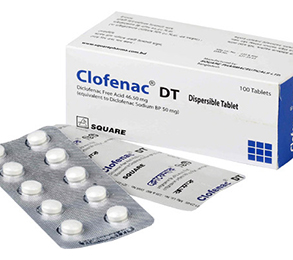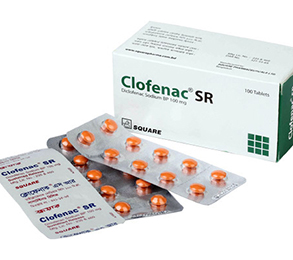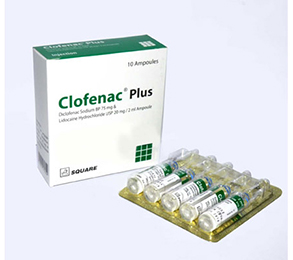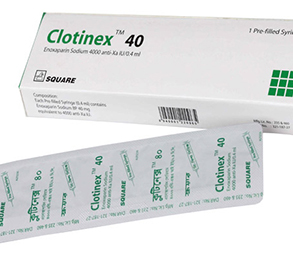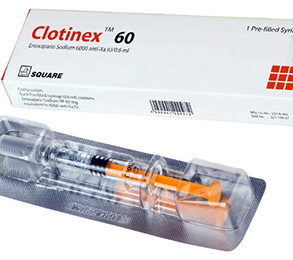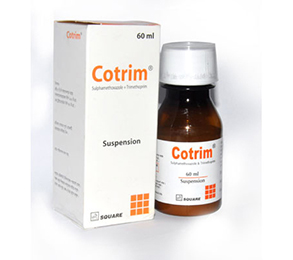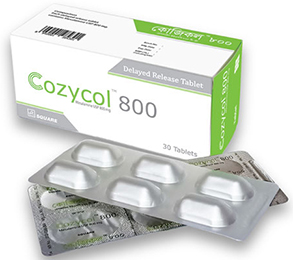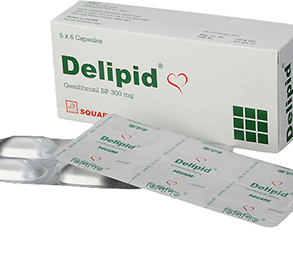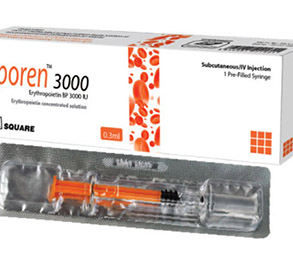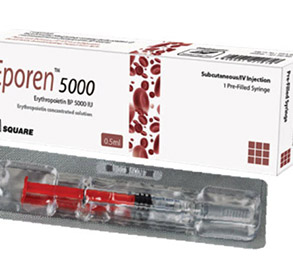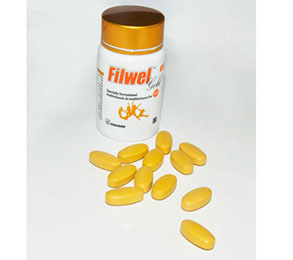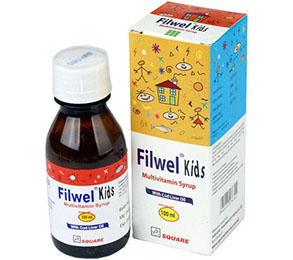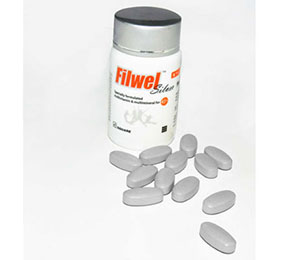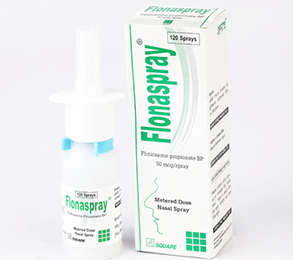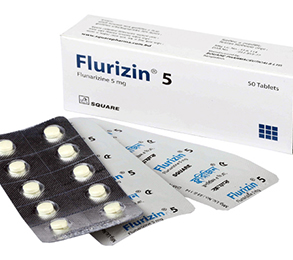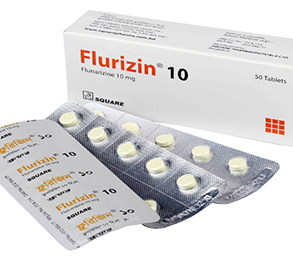Meth 2.5 1 Pc
Alternative products
Methotrexate
Indications
Neoplastic Diseases: Methotrexate is indicated in the treatment of gestational choriocarcinoma, chorioadenoma destruens and hydatidiform mole. Methotrexate is used in maintenance therapy in combination with other chemotherapeutic agents. Methotrexate is used alone or in combination with other anticancer agents in the treatment of breast cancer, epidermoid cancers of the head and neck, advanced mycosis fungoides (cutaneous T cell lymphoma), and lung cancer, particularly squamous cell and small cell types. Methotrexate is also used in combination with other chemotherapeutic agents in the treatment of advanced stage non-Hodgkin's lymphomas.
Psoriasis: Methotrexate is indicated in the symptomatic control of severe, recalcitrant, disabling psoriasis that is not adequately responsive to other forms of therapy, but only when the diagnosis has been established, as by biopsy and/or after dermatologic consultation. It is important to ensure that a psoriasis “flare” is not due to an undiagnosed concomitant disease affecting immune responses.
Rheumatoid Arthritis Including Polyarticular-Course Juvenile Rheumatoid Arthritis: Methotrexate is indicated in the management of selected adults with severe, active, rheumatoid arthritis (ACR criteria), or children with active polyarticular course juvenile rheumatoid arthritis, who have had an insufficient therapeutic response to, or are intolerant of, an adequate trial of first-line therapy including full dose non-steroidal anti-inflammatory agents (NSAIDs).
Aspirin, NSAIDs, and/or low dose steroids may be continued, although the possibility of increased toxicity with concomitant use of NSAIDs including salicylates has not been fully explored. Steroids may be reduced gradually in patients who respond to methotrexate. Combined use of methotrexate with gold, penicillamine, hydroxychloroquine, sulfasalazine, or cytotoxic agents, has not been studied and may increase the incidence of adverse effects. Rest and physiotherapy as indicated should be continued.
Pharmacology
Methotrexate inhibits dihydrofolic acid reductase. Dihydrofolates must be reduced to tetrahydrofolates by this enzyme before they can be utilized as carriers of one-carbon groups in the synthesis of p.r.n. nucleotides and thymidylate. Therefore, methotrexate interferes with DNA synthesis, repair, and cellular replication. Actively proliferating tissues such as malignant cells, bone marrow, fetal cells, buccal and intestinal mucosa, and cells of the urinary bladder are in general more sensitive to this effect of methotrexate. When cellular proliferation in malignant tissues is greater than in most normal tissues, methotrexate may impair malignant growth without irreversible damage to normal tissues
Dosage
Oral-
- Choriocarcinoma: 15-30 mg daily for 5 days, repeat after an interval of ≥1 wk for 3-5 courses.
- Acute lymphoblastic leukaemia: Maintenance: 15 mg/m2 once or twice wkly, with other agents.
- Burkitt's lymphoma: 10-25 mg daily for 4-8 days, repeated after 7-10 days.
- Psoriasis: 10-25 mg wkly as a single dose, adjust subsequent doses based on response.
- Rheumatoid arthritis: 7.5 mg once wkly, adjust by response. Not more than 20 mg/wk.
- Mycosis fungoides: 2.5-10 mg daily to induce remission.
- Crohn's disease: 12.5-22.5 mg once wkly for up to 1 yr.
Parenteral-
- Psoriasis: 10-25 mg wkly as a single dose. Adjust subsequent doses based on response. May be given via IV/IM admin.
Intramuscular-
- Choriocarcinoma: 15-30 mg daily for 5 days. Repeat after at least 1 wk for 3-5 courses. Alternatively, 0.25-1 mg/kg (max: 60 mg) every 48 hr for 4 doses followed by folinic acid rescue, repeat at intervals of 7 days for 4 or more courses.
- Mycosis fungoides: 50 mg wkly as a single dose or 2 divided doses.
- Acute lymphoblastic leukaemia: Maintenance: 15 mg/m2 once or twice wkly, with other agents.
- Crohn's disease: 25 mg once wkly for 16 wk. Maintenance: 15 mg wkly.
Intrathecal-
- Meningeal leukaemia: 12 mg/m2 (max 15 mg) once wkly for 2-3 wk, then once mthly. Alternatively, 200-500 mcg/kg every 2-5 day until CSF cell count is normalised.
Intravenous-
- Osteosarcoma: Initial recommended dose: 12 g/m2 as a 4-hr infusion, followed by folinic acid, as part of combined therapy. May increase dose to 15 g/m2 in subsequent treatments if initial dosage is insufficient to achieve peak serum methotrexate levels of 454 mcg/mL at the end of the infusion. Methotrexate infusion is administered on postoperative wk 4, 5, 6, 7, 11, 12, 15, 16, 29, 30, 44 and 45; in combination with other chemotherapy agents. Folinic acid can be given orally, IM or IV inj starting 24 hr after the beginning of the methotrexate infusion. Give via parenteral routes If patient experiences GI toxicity (e.g., nausea, vomiting). Usual dosage of folinic acid: 15 mg every 6 hr for a total of 60 hr or a total of 10 doses.
- Breast cancer: 10-60 mg/m2 often with cyclophosphamide and fluorouracil.
- Advanced lymphosarcoma: Up to 30 mg/kg, followed by folinic acid rescue.
- Acute lymphoblastic leukaemia: Maintenance: 2.5 mg/kg every 14 days.
* চিকিৎসকের পরামর্শ মোতাবেক ঔষধ সেবন করুন'
Administration
Should be taken on an empty stomach. Best taken on an empty stomach. May be taken with meals to reduce GI discomfort. Avoid taking with milk-rich products.
* চিকিৎসকের পরামর্শ মোতাবেক ঔষধ সেবন করুন'
Interaction
Decreased effectiveness with folic acid and its derivatives.
Contraindications
Severe renal or hepatic impairment, pre-existing profound bone marrow suppression in patients with psoriasis or rheumatoid arthritis, alcoholic liver disease, AIDS, pre-existing blood dyscrasias, pregnancy (in patients with psoriasis or rheumatoid arthritis), breast-feeding.
Side Effects
Ulceration of the mouth and GI disturbances (e.g. stomatitis and diarrhoea), bone marrow depression, hepatotoxicity, renal failure, skin reactions, alopecia, ocular irritation, arachnoiditis in intrathecal use, megaloblastic anaemia, osteoporosis, precipitation of diabetes, arthralgias, necrosis of soft tissue and bone, anaphylaxis, impaired fertility.
Pregnancy & Lactation
Pregnancy category X. Studies in animals or human beings have demonstrated fetal abnormalities or there is evidence of fetal risk based on human experience or both, and the risk of the use of the drug in pregnant women clearly outweighs any possible benefit. The drug is contraindicated in women who are or may become pregnant.
Precautions & Warnings
Hepatic or renal impairment, bone marrow depression, elderly, neonates. Ulcerative disorders of the GI tract. Monitor haematological, renal and hepatic function, and GI toxicity regularly.
Overdose Effects
Nausea, vomiting, alopecia, melena, and renal failure.
Therapeutic Class
Antidote preparations, Immunosuppressant
Reconstitution
Intramuscular: Dilute powder with D5W or normal saline to a concentration ≤25 mg/ml (20 mg and 50 mg vials) and 50 mg/ml (1 g vial).
Intrathecal: Reconstitute to 2.5-5 mg/ml with normal saline, D5W, lactated Ringer's, or Elliott's B solution. Use preservative-free preparations.
Intravenous: Dilute powder with D5W or normal saline to a concentration ≤25 mg/ml (20 mg and 50 mg vials) and 50 mg/ml (1 g vial).
Parenteral: Dilute powder with D5W or normal saline to a concentration ≤25 mg/ml (20 mg and 50 mg vials) and 50 mg/ml (1 g vial).
Storage Conditions
Store at room temperature (15-25°C).
- Type Tablet
- Tag
- Morbi leo risus
- Porta ac consectetur ac
- Vestibulum at eros
